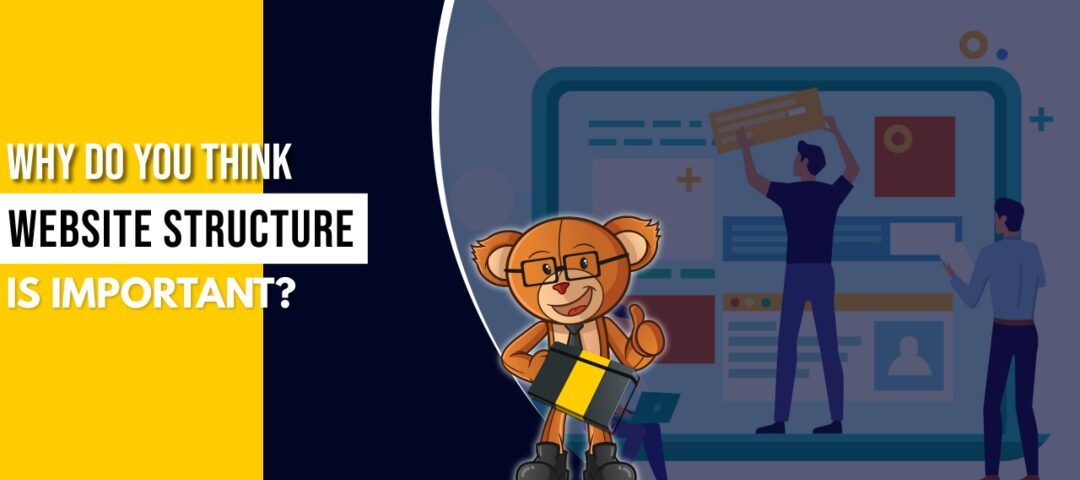Why do you think Website Structure is important?

5 Tips to Secure your E-Commerce Website
April 14, 2023
5 reasons why your Business needs a Blog
May 30, 2023A well-structured website is the foundation for your website's SEO, user experience (UX), and conversion rate optimization (CRO). There are numerous advantages to creating a website that is tidy, logical, hierarchical, simple for visitors to use, and ultimately converts users into customers. In this article, we'll explain why a good website structure is important for SEO, so you can please Google and your visitors and reap the benefits of higher rankings, more clicks, and happier customers. Keep reading to find the reasons why website structure is important.
1. ATTRACTIVE HOMEPAGE

The first and foremost consideration should be the design and content of the homepage, as well as its consistency. The way the homepage is designed is critical. Why is this so? It is the first thing your visitors will notice. It should be simple to understand for both humans and crawlers. The homepage should emphasize the purpose of your website.
2. CONSISTENCY

Your website's content should be consistent. Put another way, if your site is about chairs, it should only show furniture-related content. Portraying content or images not related to furniture will break the consistency. When visitors visit your website, you must ensure they are persuaded to view the entire page rather than just the first few lines.
3. ORGANIZED TOPICS

Your website's content should be well-organized. To deliver well-organized content, divide your subject into main topics and subtopics. For example, if your site is about sunflowers, the main content should be the flower itself. Then we can move on to subtopics, such as their characteristics, uses, color, and location. The advantage here is that having well-organized content makes it easy for both visitors and search engines to understand what the site is about.
4. KEYWORDS

Remember to use specific keywords and phrases. This will help your site rank higher when someone searches for that term. The structure of the website should always be simple to understand.
5. IMPROVES THE USER'S EXPERIENCE

A good user experience can have a positive impact on your website. Let us take a simple example: if your website is about food recipes and a user needs help to obtain the desired information, such as how much sugar is required to make a cake, they will be hesitant to navigate to another page.
6. ASSISTS GOOGLE IN FINDING YOUR SITE'S PAGES

It will also help Google find your website's pages - if it knows that a particular page exists, it should be able to move from this page to all the others using your site structure and internal linking. Google may only sometimes find everything on your site, but you can make it as easy and probable as possible by structuring your site properly.












